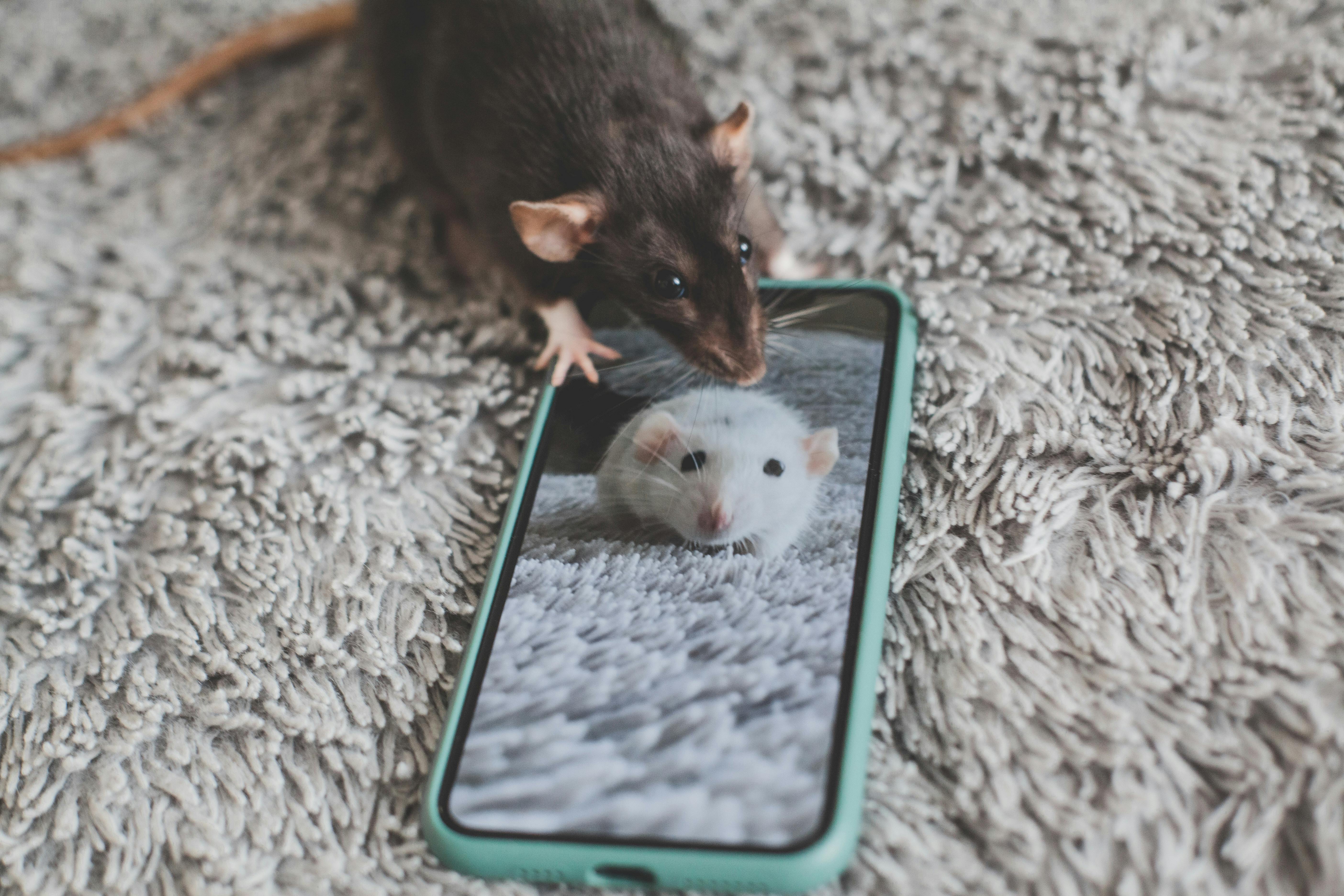
Effective Ways to Track Rabbit Prints in Snow for 2025
As winter blankets the landscape in a soft layer of snow, outdoor enthusiasts and nature lovers gear up for exciting adventures. Among the many activities during frosty months, tracking rabbit prints in the snow becomes an engaging blend of science and fun. Understanding rabbit behavior and their unique adaptations to snowy environments opens doors to a world of winter wildlife observation. This article explores effective methods for tracking rabbit prints, highlighting the importance of rabbit safety, ecological studies, and winter activities for families. Prepare to delve into the snowy habitats and the exciting world of snow bunnies!
Whether you are a passionate wildlife photographer, a parent seeking educational activities, or just love outdoor adventures, tracking rabbit prints in the snow can be a rewarding experience. We will review tips for recognizing rabbit trails, understanding their feeding habits, and enjoying this winter exploration safely. Let’s hop into the snowy landscapes!
Understanding Rabbit Behavior in Winter
To effectively track rabbit prints, it is crucial to gain insights into their behavior during the snowy season. Rabbits adapt remarkably to their winter surroundings. These furry creatures utilize snow camouflage, which makes their tracks a fascinating study for animal enthusiasts. The quantity and pattern of rabbit tracks can reveal useful information about their daily activities, including feeding and migration routes.
The Importance of Snow Cover for Rabbits
Snow serves both as a shelter and a food source for rabbits. Their foraging habits change significantly as snow conditions may cover their primary food sources. Tracking their prints may lead you to remarkable discoveries about how they navigate in search of shelter and sustenance in winter.
Rabbit Species and Their Winter Adaptations
Different rabbit species showcase varied adaptations according to their habitats. For instance, snowshoe hares possess larger hind feet, allowing them to traverse snowy landscapes effortlessly. Understanding these adaptations can enhance your skills in reading animal signs and identifying tracks effectively.
Recognizing Rabbit Prints and Their Patterns
Rabbit prints can be identified by their characteristic two-lobed hind and smaller front paw prints. Searching for these distinguishing features in the snow can help track their movements. Make sure to pay attention to footprints in winter during your explorations, as their spacing and direction can inform you about their behavior. This aspect is crucial for anyone involved in wildlife photography or outdoor activities in winter.
With these understandings of rabbit behavior in winter, let’s transition to practical tracking methods for identifying their snow prints.
Practical Techniques for Tracking Rabbit Prints
Equipped with a deeper understanding of rabbit behavior, it’s time to put your knowledge into action! Here, we will explore various techniques to effectively track rabbit prints in snow, which is especially valuable for wildlife photographers and nature enthusiasts.
Using Wildlife Tracking Tools
To enhance your tracking experience, consider utilizing tools such as tracking apps that can help identify and log rabbit prints. These apps can sometimes provide GPS functionality and allow tracking of various wildlife species. Furthermore, utilizing techniques like snow analysis on revealed tracks can improve your identification accuracy.
Implementing Tracking Games for Kids
Involving children in tracking rabbit prints can be a fun way to combine education and outdoor activities. Establishing animal tracking games can help kids learn about rabbit anatomy, habitats, and safe observation techniques, making it a family-friendly activity.
Exploring Snowy Trails and Forest Areas
When exploring forest trails or snowy landscapes, take note of where rabbit trails intersect with popular hiking paths. Recognizing areas where snow conditions are more suitable for rabbits can lead to discovering larger groups of prints. Understanding natural patterns of wildlife interaction within ecological contexts is crucial for effective tracking.
Mastering these practical techniques will allow you to fully enjoy tracking rabbit prints, leading us to the trek itself—how to approach snowy environments while ensuring rabbit safety.
Ensuring Rabbit Safety While Tracking
While tracking rabbits can be incredibly enjoyable, it’s paramount to prioritize wildlife safety and care in winter settings. Understanding potential snow hazards not only protects rabbits but also enhances your overall tracking experience.
Recognizing Snow Hazards for Wildlife
Seasonal challenges such as snow drifts and icy conditions can pose threats to rabbits and other cold weather animals. Recognizing these hazards ensures you don’t disturb their habitats while exploring their trails.
The Importance of Responsible Wildlife Observation
Educating yourself on rabbit feeding habits and behavioral patterns can help prevent overexerting the animals during your tracking excursions. Keeping a safe distance while observing their natural behaviors should be the priority, allowing you to appreciate wildlife without interference.
Communicating with Fellow Outdoor Enthusiasts
Involving the community in rabbit preservation efforts can significantly impact wildlife conservation. Share your tracking encounters and encourage others to engage in educational activities focused on rabbits and their ecological roles. Community involvement fosters a culture of respect and guardianship towards local wildlife.
With an emphasis on rabbit safety, let’s explore how to enhance your winter tracking experience through additional skills and techniques.
Tips for Winter Wildlife Photography
For those capturing the beauty of animal tracks in snow, wildlife photography offers a unique opportunity to document your adventures. With specific techniques, your photos can truly convey the charm of snowy rabbit habitats.
Leveraging Natural Lighting in Snow Photography
Understanding lighting is critical in snow photography. Given the bright, reflective nature of snow, optimal times for capturing images are usually during the golden hours—early morning or late afternoon. This natural light enhances textures and contrasts in your photos, making rabbit prints stand out.
Composing the Perfect Shot
When photographing rabbit tracks, consider the composition. Aim for including contextual elements from their snowy environment, such as surrounding foliage or footprints leading to burrows. This approach generates storytelling in your images, appealing to fellow nature enthusiasts.
Tips for Editing Winter Wildlife Photos
Post-processing techniques can further enhance your wildlife photographs. Focus on adjusting contrasts, sharpening details in tracks, and removing any unwanted elements. This step is pivotal for showcasing the intricacies of rabbit footprints within snowy landscapes in an engaging manner.
By combining these photography tips with effective tracking methods, you enhance your connection to nature while promoting environmental education. Now, it’s time for our Q&A section, where we address common inquiries about tracking rabbit prints during winter adventures.
Q&A Section on Tracking Rabbit Prints
What should I do if I encounter a rabbit while tracking?
Maintaining a respectful distance is crucial to not disturb the rabbit. Observe silently to enjoy the natural behaviors without overwhelming the animal.
How can I track rabbits in deep snow?
Utilizing snowshoes or cross-country skis can help you navigate deep snow efficiently, enabling you to follow rabbit trails without sinking too deeply.
Are there specific places where rabbits are more likely to be found during winter?
Areas with dense brush or thickets that offer shelter and food sources are prime locations for rabbit habitats during the winter months.
What safety precautions should I take while tracking in snowy conditions?
Always dress appropriately for cold weather and let someone know your tracking location and expected return time. Being prepared ensures your safety as you explore snowy environments.
Can tracking rabbits provide educational insights for children?
Absolutely! Tracking rabbits teaches children about ecology, animal behavior, and the importance of wildlife preservation. Engaging in tracking activities brings science to life and encourages a love for nature.
In conclusion, tracking rabbit prints in the snow presents an exciting opportunity for outdoor adventures, wildlife observation, and in-depth understanding of rabbit behavior during winter. Whether for photography, fun family activities, or the thrill of outdoor exploration, the snowy landscape offers a playground for nature enthusiasts to thrive. Gear up, enjoy the great outdoors, and embrace the adventure!

